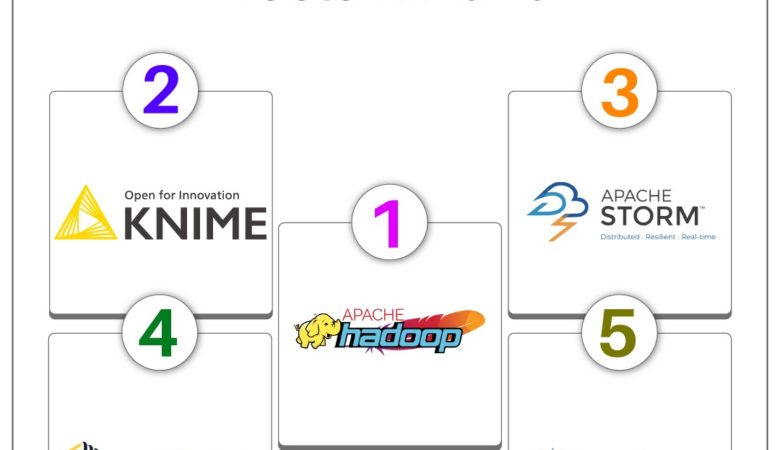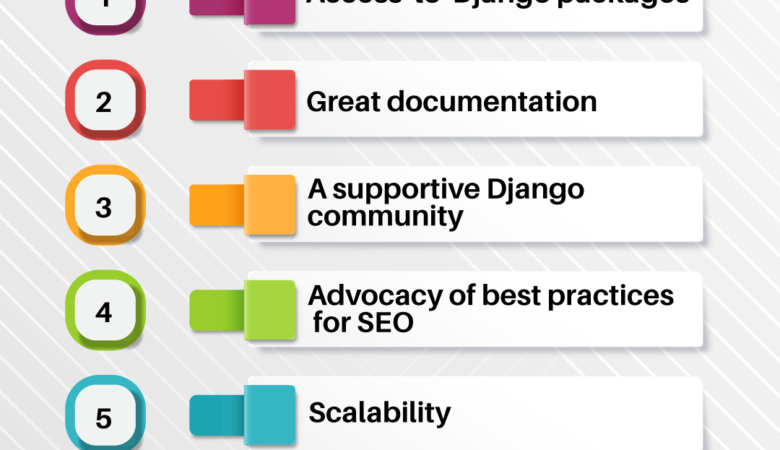
Cloud technology is the buzz today and is attracting a lot of attention in the technology sphere. We deal with the major risks and challenges faced by it here.
1. Security Issues
Cloud computing security threats are a key and legitimate concern. The organizations are unable to see the precise location of data storage or its transmission. The issue is about stolen passwords, breaches of records, broken authentication, hijacking of accounts, and hacked interfaces and APIs.
Mature protection skills are required to make sure an organization’s privacy and security are intact. It is necessary to verify that the provider has a strict policy on data recovery. Finally, a reliable cloud platform for the BI must be in place to exploit effective security measures.
2. Cost Management
The pay-as-you-go model is a sure way for the businesses to cut costs and save money. Cloud costs need to be kept in check and benefits minimized by improved financial monitoring and reporting, as well as automating governance policies, and ensuring the finest business practices in management. It would help, in a major way, to high challenges in cloud computing.
3. Lack Of Resources And Expertise
Currently there is a increasing need for expertise as companies are putting more workload in the cloud, and cloud technologies are evolving rapidly. Additionally, it is impossible to keep up with the technologies because there is a shortage of knowledge and skills. The solution to this challenge is to give the IT staff as well as developers additional training.
Migration performance to the cloud comes from competent people — and the investments made to transform talent. There are DevOps tools, such as Chef and Puppet, to look at the usage habits of resources in monitoring and provide timely automated backups. Through this, cost, governance, and protection in the cloud can be optimized.
4. Governance And Control Issues
There is a strong argument that all The assets are handled and used according to the policies and rules decided upon; so that the assets are properly monitored and preserved. Steps need to be taken to ensure the assets support an organization’s policy and business objectives. As there are various risks and uncertainties to transition to the cloud, there is a big case for IT in adapting its traditional governance and control process.
5. Compliance
When an organization transfers data from internal storage to the cloud, it is critically necessary to comply with industry regulations and laws. Depending on the industrial conditions there are rules to be complied with. There’s an intense need to store the data properly. Many of the vendors give accredited enforcement and ensure they comply properly.
6. Managing Multiple Clouds
Adopting the multi-cloud approach is growing at a rapid pace these days. Companies are shifting or resorting to a combination of public and private clouds. Organizations have to deal with various clouds and face the challenges of cloud computing.
7. Performance
Companies depend on the service providers and as a result of more business, need the expansion of partnership which can provide access to innovative technologies. The growth of any business depends upon the smooth functioning of all the technologies and there must be no outages. The provider has to alert the user in case of any issues. In many decision-making processes, real-time data is an important factor to serve in a big way. Any inherent lack of control in cloud computing will make real-time monitoring difficult. There is a need for a real-time monitoring policy to solve this issue.
8. Building A Private Cloud
Many organizations are thinking of having a private solution that comes with significant benefits. This will make sure that all the data is in-house. IT managers and departments have to build it by themselves. This is a tough call for many. The steps needed for ensuring the smooth operation of the cloud are as follows:
- Automating various manual tasks which need an inventory management system,
- Orchestration of tasks in such a way that each of them happens in the right order
- Having an IP address, setting up a virtual local area network, putting the server in load balancing queue, and other associated steps are tough tasks.
There is a tendency to opt for this approach now. The challenges in storing data in the cloud relate to:
- Extensive troubleshooting
- Security challenge
- Slow process of data migration
- Complexity of issues
- Application downtime
Conclusion
Cloud computing is at a point where it will revolutionize the information technology industry and produce the finest performance. Many companies, including startups, as well as small and medium-sized enterprises, will reap these benefits. There is likely to be a new set of problems in every modern evolution that need to be tackled properly.
For cloud computing the same is true. Following the systematic iterative approach to implementation, pursuing hybrid cloud approaches, involving the company and IT teams, engaging in the CIO, and finding the best partner will ensure that advantages in the cloud market are realized. The worldwide demand for public cloud services is set to expand fantastically in the future.








Leave a Reply